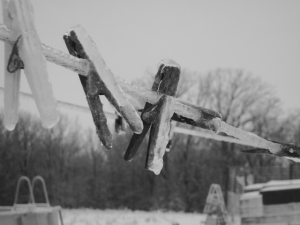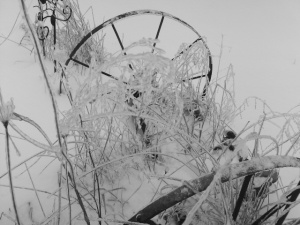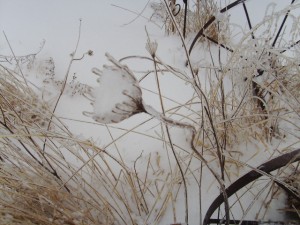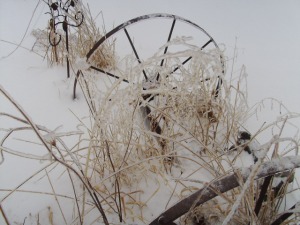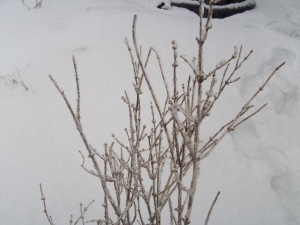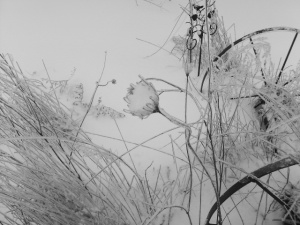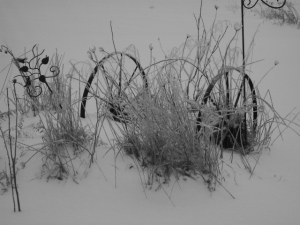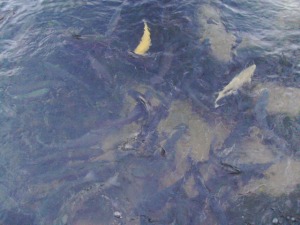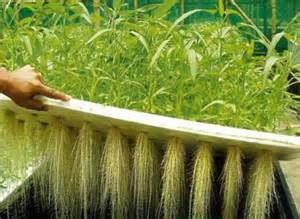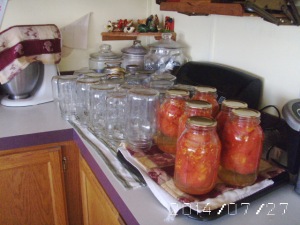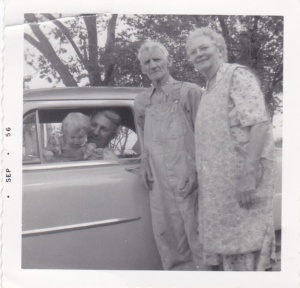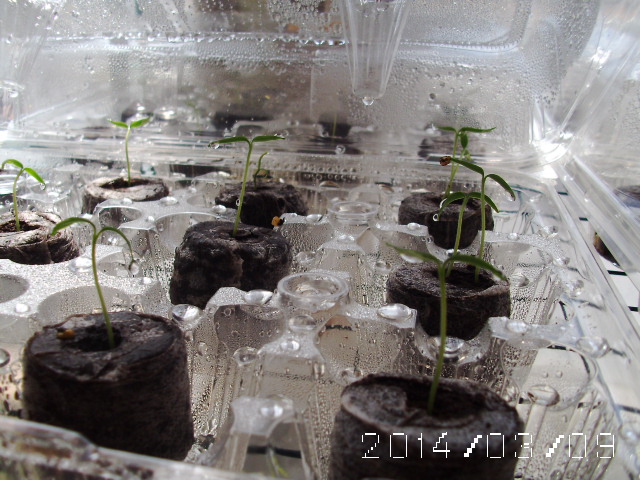Aha! I took time to read old email and found a super recipe from my best heart sibling (we adopted each other, a sister and brother combo, sibs from other mothers) that we’re going to try. This one came from a web page called Cappers Farmer. I love reading their recipes and posts. Here is is, sharing my favorite from them, to you. http://www.cappersfarmer.com/food-and-entertaining/pear-cranberry-conserve-recipe.aspx?PageId=1
Pear Cranberry Conserve
The combination of pear and cranberry is a delightful one for fall. The addition of ginger really makes the flavors sing, and the almonds provide a chewy crunch. For the best texture, use pears that are still quite firm so that the pear pieces remain intact when cooked. While unsweetened dried fruit is generally preferable in conserves, it’s very difficult to find unsweetened dried cranberries, so feel free to use the sweetened version if that’s what you have available.
Before You Begin:
Prepare calcium water. To do this, combine 1/2 teaspoon calcium powder (in the small packet in your box of Pomona’s pectin) with 1/2 cup water in a small, clear jar with a lid. Shake well. Extra calcium water may be stored in the refrigerator for future use.
Yield: 4 to 5 half-pint (8-ounce, or 236 ml) jars
Ingredients
2 pounds (910 g) ripe, firm pears
1/2 cup (75 g) dried cranberries
2 tablespoons (28 g) finely chopped crystallized ginger
1/2 cup (63 g) sliced almonds
1 1/2 cups (355 ml) water
1/2 cup (120 ml) lemon juice
4 teaspoons (20 ml) calcium water
1 cup (200 g) sugar
3 teaspoons (9 g) Pomona’s pectin powder
Directions
- Wash your jars, lids, and bands. Place jars in canner, fill canner 2/3 full with water, bring canner to a rolling boil, and boil jars for 10 minutes to sterilize them. (Add 1 extra minute of sterilizing time for every 1000 feet above sea level.) Reduce heat and allow jars to remain in hot canner water until ready to use. Place lids in water in a small sauce pan, heat to a low simmer, and hold until ready to use.
- Peel, core, and dice pears.
- Combine diced pears in a saucepan with dried cranberries, crystallized ginger, sliced almonds, and the 11/2 cups (355 ml) water. Bring to a boil over high heat, reduce heat, and simmer, covered, for 5 to 10 minutes or until fruit is soft, stirring occasionally. Remove from heat. Mix well.
- Measure 4 cups (946 ml) of the cooked mixture (saving any extra for another use), and return the measured quantity to the saucepan. Add lemon juice and calcium water, and mix well.
- In a separate bowl, combine sugar and pectin powder. Mix thoroughly and set aside.
- Bring pear mixture back to a full boil over high heat. Slowly add the pectin-sugar mixture, stirring constantly. Continue to stir vigorously for 1 to 2 minutes to dissolve pectin while the conserve comes back up to a boil. Once the conserve returns to a full boil, remove it from the heat.
- Can Your Conserve: Remove jars from canner and ladle jam into hot jars, leaving 1/4 inch of headspace. Remove trapped air bubbles, wipe rims with a damp cloth, put on lids and screw bands, and tighten to fingertip tight. Lower filled jars into canner, ensuring jars are not touching each other and are covered with at least 1 to 2 inches of water. Place lid on canner, return to a rolling boil, and process for 10 minutes. (Add 1 extra minute of processing time for every 1000 feet above sea level). Turn off heat and allow canner to sit untouched for 5 minutes, then remove jars and allow to cool undisturbed for 12 to 24 hours. Confirm that jars have sealed, then store properly.
From: http://www.cappersfarmer.com/food-and-entertaining/pear-cranberry-conserve-recipe.aspx?PageId=1


